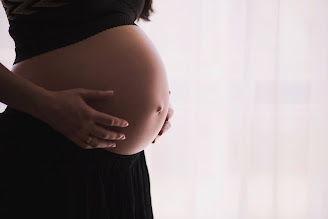Childhood obesity is a growing problem, with over 20% of children in developed countries found to be overweight. Obesity in childhood increases the risk of cardiovascular disease and diabetes in later life. So, what is causing the increase in obesity in children? A new study suggests that the problem starts before birth in the womb, and the clue lies in the infant's first stool.
Meconium—the earliest stool of an infant—is composed of materials ingested during the time the infant spends in the uterus. The new study published in Pediatric Obesity found that the types of normal bacteria found in the meconium could predict an infant’s likelihood of later developing obesity.
In the study of 212 newborns, children who became overweight at 3 years of age differed in their meconium bacterial makeup from those with normal weight, having a higher proportion of bacteria in the Bacteroidetes phylum (29% versus 15%).
So, the microbiome of the first‐pass meconium predicted subsequent overweight at the age of 3 years.
The concept of fetal microbiome is controversial and the colonization process after birth is better understood than the possible fetal colonization; however, there are many prenatal factors affecting the microbial composition of the baby's first stool, such as the mother's use of antibiotics during pregnancy and biodiversity of the home environment during pregnancy. Lead author Dr Katja Korpela of the University of Oulu, in Finland, says:
“It is very interesting that the microbiome formed before birth is possibly linked to a child's subsequent weight status.”
The authors noted that the results emphasize the importance of investigating maternal and prenatal factors when considering the pathogenesis of pediatric obesity.
Ray Noble is a chartered biologist and Fellow of The Royal Society of Biology and of the Royal Society of Medicine. He was formally Graduate Tutor at the Institute for Women's Health at UCL. Ray is also a novelist:

Comments
Post a Comment